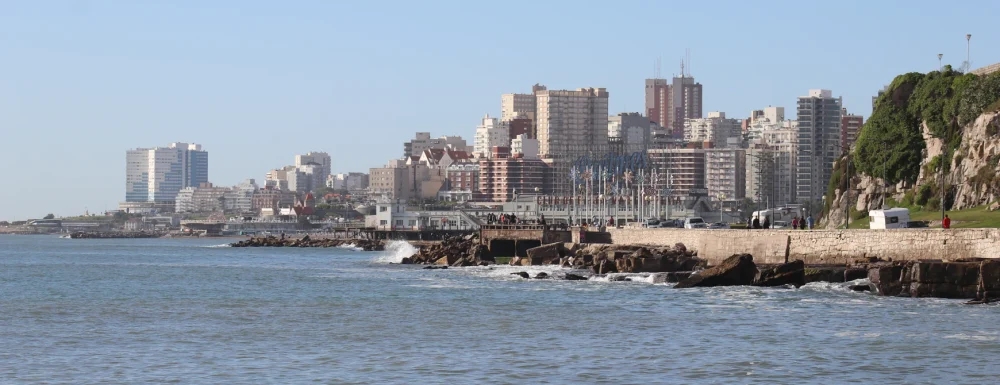Hey ChatGPT, can you write code without “copying” it from others?
Linux Kernel Tuning: task blocked for more than 120 seconds
One of the most viewed posts in 2022… I hope it helped resolving some linux performance issues…
This might be old school, and maybe even boring reading. But, if you concern about performance on Linux servers, at some point, you will have to have a look to the kernel messages.
The problem:
When we run very stressful jobs running on large servers (large number of CPU’s and RAM memory), where IO activity is very high. It is pretty common to start seeing these messages on the ‘dmesg’ kernel output:
[24169.372862] INFO: task kswapd1:1140 blocked for more than 120 seconds. [24169.375623] Tainted: G E 4.9.51-10.52.amzn1.x86_64 #1 [24169.378445] "echo 0 > /proc/sys/kernel/hung_task_timeout_secs" disables this message. [24169.382533] kswapd1 D 0 1140 2 0x00000000 [24169.385066] ffff8811605c5a00 0000000000000000 ffff8823645dc900 ffff882362844900 [24169.389208] ffff882371357c00 ffffc9001a13ba08 ffffffff8153896c ffffc9001a13ba18 [24169.393329] ffff881163ac92d8 ffff88115e87f400 ffff882362844900 ffff88115e87f46c [24169.445313] Call Trace: [24169.446981] [<ffffffff8153896c>] ? __schedule+0x23c/0x680 [24169.449454] [<ffffffff81538de6>] schedule+0x36/0x80 [24169.451790] [<ffffffff8153907e>] schedule_preempt_disabled+0xe/0x10 [24169.454509] [<ffffffff8153a8d5>] __mutex_lock_slowpath+0x95/0x110 [24169.457156] [<ffffffff8153a967>] mutex_lock+0x17/0x27 [24169.459546] [<ffffffffa0966d00>] xfs_reclaim_inodes_ag+0x2b0/0x330 [xfs] [24169.462407] [<ffffffffa0967be3>] xfs_reclaim_inodes_nr+0x33/0x40 [xfs] [24169.465203] [<ffffffffa0978f59>] xfs_fs_free_cached_objects+0x19/0x20 [xfs] ...
View original post 374 more words
Video homenaje para Jorge Pironio – 1968 Chevrolet Camaro SS – arranque en frio
Aca un video en español en homenaje mi tio Jorge Jorge Pironio, quien me enseño todo lo que se de mecanica.
Puesta en marcha en frio de un Camaro SS 1968 y una pasada rapida por un Tesla Model 3 Dual Motor. Nada que ver uno con el otro, pero vale la pena mostrar el contraste.
Puesta en marcha minuto 7:17.
La calidad de sonido no es la mejor (con auriculares se aprecia mejor), pero espero que se aprecie un poco la historia de este auto.
Morning run with Bella…
Christiaan Barnard y René Favaloro
Here is a memory of a time when we went to the Christiaan Barnard hospital (who performed the world’s first human-to-human heart transplant operation) in Cape Town, South Africa, where, I immediately remembered Rene Favaloro, the great Argentinian surgeon who invented the coronary artery bypass surgery.
Did you know both where contemporary?
Here is a photo I’ve found on the internet.
I feel a deep admiration for these two heart scientists…. they are inspiring leaders for new generations.
Here is a summary of 2019’s Google Doodle:
“‘We’ is more important than ‘I.’ In medicine, the advances are always the result of many efforts accumulated over the years,” wrote Dr. René Favaloro, the Argentinian surgeon who introduced coronary artery bypass surgery into clinical practice and is celebrated in today’s Doodle. Born in the city of La Plata on this day in 1923, René Gerónimo Favaloro spent the first 12 years of his medical career as a country doctor in the farming community of Jacinto Arauz. He built an operating room, trained his own nurses, set up a local blood bank, and educated patients on how to prevent common ailments. The experience left him with a lifelong conviction that healthcare was a basic human right, regardless of economic circumstances. In 1962, he traveled to the United States to practice at the Cleveland Clinic, where he worked alongside Mason Sones, a pioneer of cineangiography—the reading and interpreting of coronary and ventricular images. After studying angiograms in the Sones Library, Dr. Favalaro was convinced that coronary artery bypass grafting could be an effective therapy. On May 9th, 1967, Dr. Favaloro operated on a 51-year-old woman with a blockage in her right coronary artery. Attaching her to a heart-lung machine, he stopped her heart and used a vein from her leg to redirect blood flow around the blockage. The historic operation was a success, and since then, the procedure has saved countless lives during the past half-century. Returning to Argentina in the early 1970s, Dr. Favaloro established the Favalaro Foundation in Buenos Aires. The center serves patients based on their medical needs rather than their ability to pay and teaches Dr. Favaloro’s innovative techniques to doctors all over Latin America.
Hoy fuimos al Christiaan Barnard Memorial Hospital, e inmediatamente me acordé de René Favaloro, pensando si esas dos eminencias de la cardiología serían contemporáneos…
Revolviendo en internet encontré esta foto.
Comparto una profunda admiración por estos dos científicos del corazón (en todo el sentido de la palabra).
Muncie M22 “Rock Crusher” 4-speed
A photo from when the last Muncie M22 “Rock Crusher” 4-speed came off the assembly line.
A legend for toughness during the muscle car era, its 400 lb-ft torque factory rating limits what it can handle with modern performance.

The whining of these transmissions was very distinctive. This is the transmission I have in my 1968 Camaro.
Europa and Io orbiting Jupiter, captured by the Cassini space probe
Who installed Python on the switches?
Image
When you get the array index wrong…
Image
DINFIA IA 38 – Avion cuatrimotor de transporte Argentino experimental de los 60s
El DINFIA IA 38 fue un avión de transporte sin cola experimental cuatrimotor argentino de la década de 1960, diseñado bajo la dirección de Reimar Horten y basado en el proyecto alemán Horten Ho VIII y construido por la DINFIA.
El diseño fue desarrollado para cumplir con un requisito de 1950 de un avión para transportar cítricos (y en particular, naranjas) desde el oeste de Argentina a Buenos Aires, ya que no había conexiones ferroviarias y las carreteras eran inadecuadas para camiones pesados.
Era un monoplano barrido de ala de hombro sin cola totalmente metálico, con las superficies de control verticales ubicadas cerca de las puntas de las alas. El fuselaje corto y rechoncho estaba equipado con un tren de aterrizaje triciclo, con una rueda de morro retráctil y ruedas principales fijas.



 Check out my run on Strava.
Check out my run on Strava.


